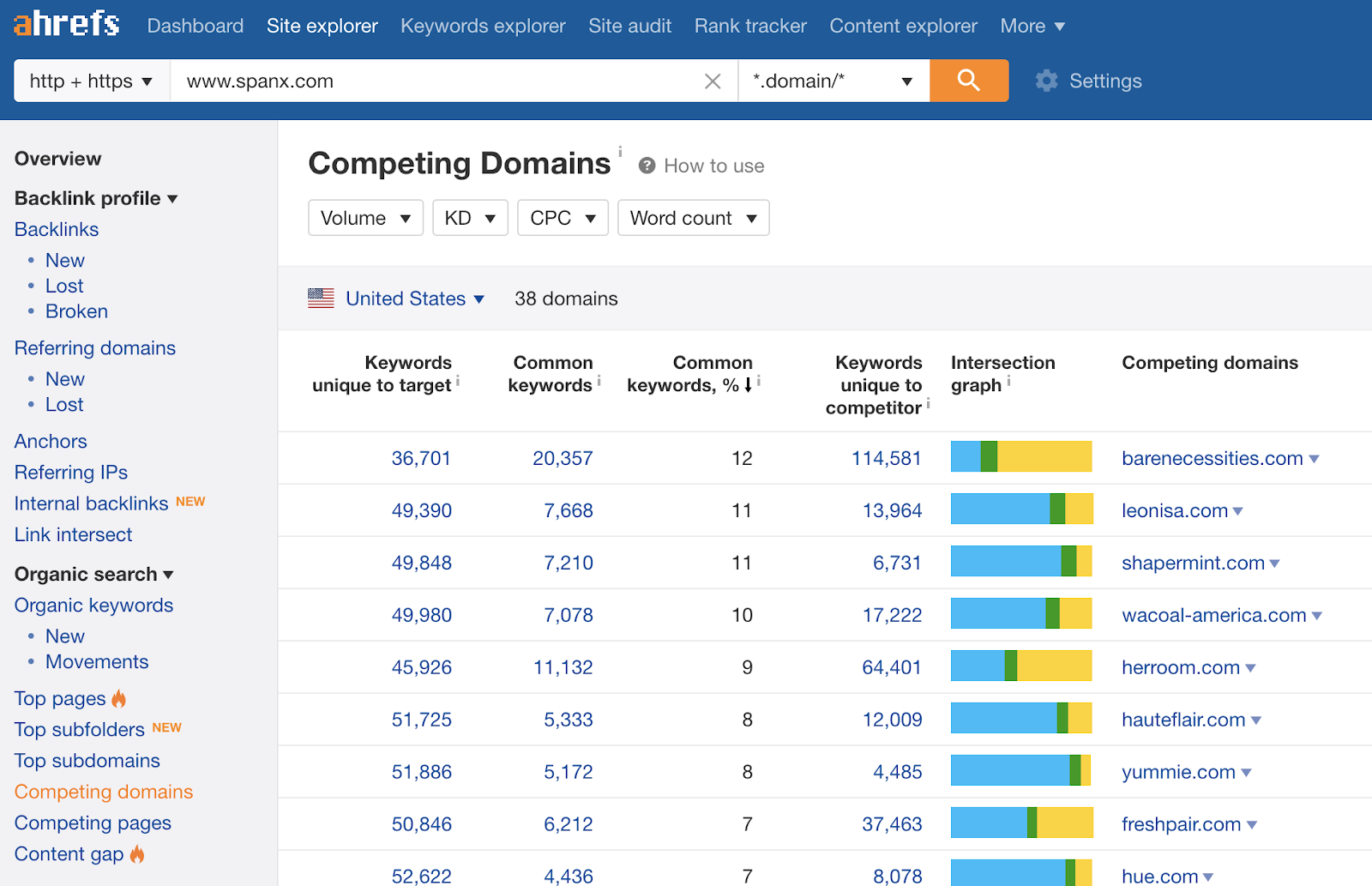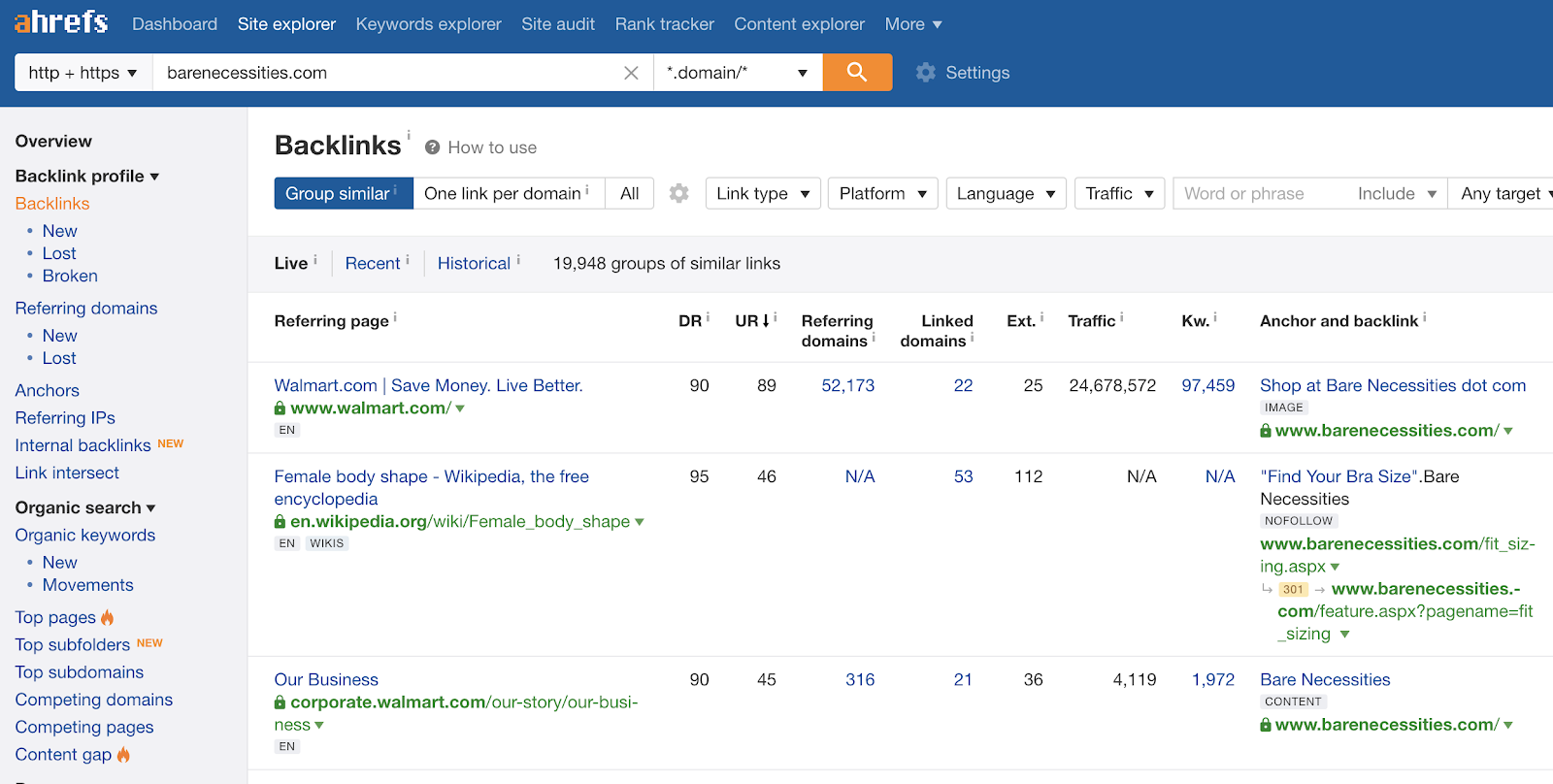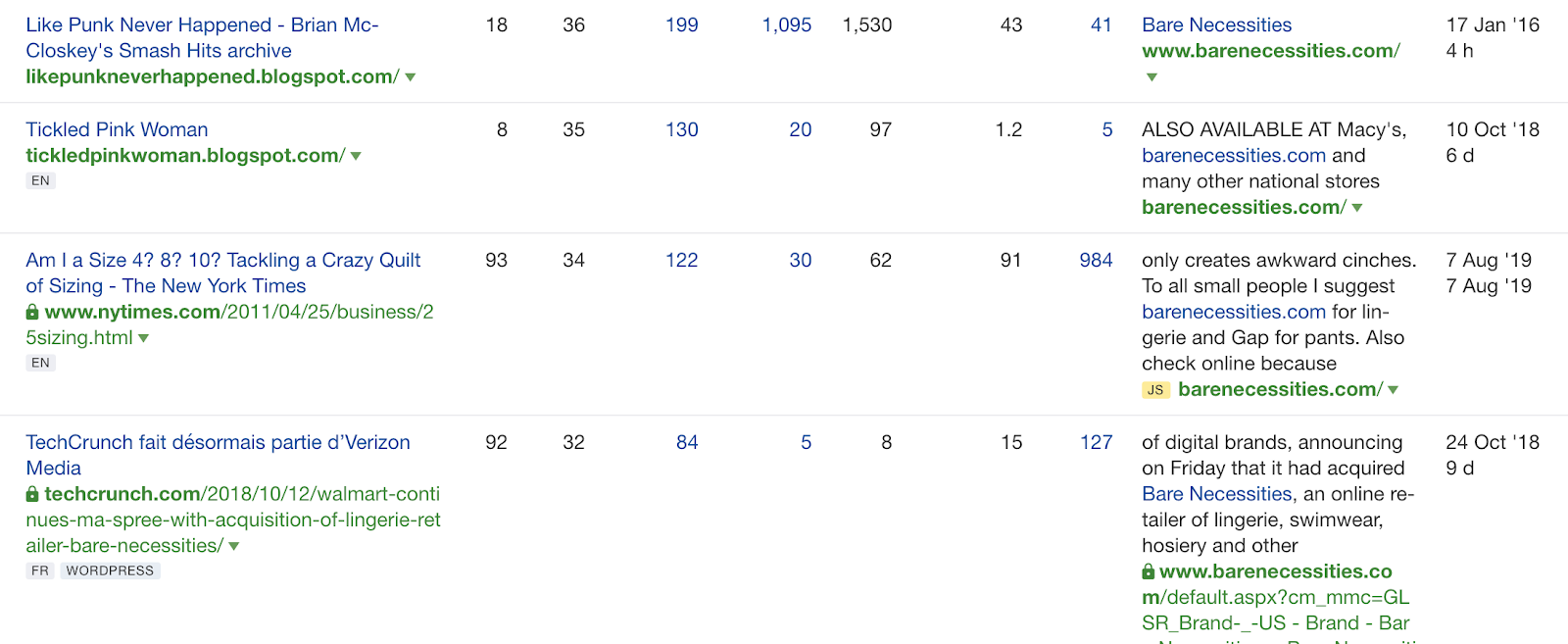Increasing traffic as a means to generate more sales is a primary goal for most eCommerce retailers. As a result, considerable amounts of time, energy, and resources are invested in elevating search engine rankings.
This pursuit is understandable, considering that Google search statistics show the engine processing over 3.5 billion queries daily. By employing an effective SEO strategy, sellers can attract a considerable number of those users and earn a significant amount of sales.
Since search engine optimization is such a critical component to online success, ranking in the SERPs is also incredibly competitive.
There are a wide variety of ranking factors that Google analyzes to determine how to list sites. One of the most important of those elements is backlinks.
Backlinks primarily serve as a vote of confidence from another online destination, thereby sending signals to Google that the page being linked is, in some way, a valuable and credible resource. When Google sees these types of links coming from authoritative pages, it is a clear indicator that the page should be more visible to its users.
However, building backlinks when just starting out can be an extremely challenging endeavor. Therefore, retailers might need to get a little creative.
Fortunately, there is a way to reverse engineer the competition’s backlink profile and use this information to earn similarly influential links for one’s own brand.
How to Find Competitor Backlinks
When it comes to conducting competitive research for backlinks, there are a variety of incredibly useful tools that can provide merchants with the necessary information for finding publications that might give them a link.
Firstly, Moz’s Open Site Explorer (OSE) is a popular tool as the tool is free to use (with account creation). However, the downside of this service is that it does not enable users to export a list of the backlinks provided into a nice, easy to manage file.
An alternative tool that sellers may want to utilize for uncovering competitor backlinks is Ahrefs. With Ahrefs, users can take advantage of a 14-day free trial or outright pay for an account. Nonetheless, this is one of the most useful backlink tools available online. Its value partially stems from its versatility, given that Ahrefs provides a suite of SEO tools, in addition to its Backlink Checker.

Moreover, Ahrefs touts, as the company claims, “the second most active web crawler after Google” with over 18 trillion known links. Given that Ahrefs’ index is updated every 15 minutes, users are sure to have the most up-to-date information possible.
Outside of these fantastic tools, retailers might also consider utilizing other popular platforms like Majestic, SEMrush or cognitiveSEO.
With that said, if merchants are not completely fresh to the link building game, it is wise to conduct a backlink audit on their own site before digging into competitor’s profiles. Carrying out this task will help to provide sellers with a deeper understanding of their SEO performance and guidance on how to direct their link building strategy going forward.

How to Utilize Competitor Backlink Information
After analyzing the backlink profiles of the competition, site owners should possess a list of potential websites that might feature their content.
In addition to a list of sites that competitors earned backlinks from, retailers should take note of the content that is gaining the link, as this information is extremely relevant.

If merchants already possess content that covers the same topic but is more up-to-date, informative, comprehensive or otherwise valuable than the one currently featured, it is wise to reach out to the publication, pointing out this fact.
Keep in mind that this does not need to be an overt attempt to overthrow a competitor. Instead, it can be framed as a means of enhancing the publication’s content offerings. For instance, sellers can reach out to a site with a message that says something like:
“Hi [Name of contact]! I just read your blog post titled [XX] and felt that it was super educational. That said, it seems that some of the information contained in the piece is a bit outdated. I recently published a blog on this exact topic, citing more current data.
I think this piece could provide more value to your readers. If you would like, you can use it as a resource. I merely ask that you please link to my site as the source.”
With this type of message, the tone and wording altogether avoid calling out or slandering competitors in any way. Instead, it aims at helping the publication and the sender simultaneously.
However, if sellers see that a site links to a variety of their competitors, they can also try to get a link on the site, without subverting the competition’s link building efforts. These types of publications can be a fantastic resource for merchants as their customers likely frequent the website.
But what if retailers do not have any content or articles that are similar to those of the competition?
In such a scenario, site owners should aim to create content that replicates the successes earned by the competition. However, this goal cannot be achieved by merely reproducing a piece that covers the same information in different words.
To successfully craft new content that steals links from rivals, it is necessary to employ the skyscraper technique. The idea behind this strategy is to establish which pieces of the competition’s content are linked to most frequently, and then create something even better to appropriate those links.
While this method may not be the easiest to implement, it is a powerful tactic for building backlinks from authoritative sites that retailers know would be interested in featuring the content.
Since developing content that is superior to something that is already great is such a tall order, sellers might want to consider leveraging an eCommerce SEO services provider to help create content that is sure to earn the desired backlinks.
Why Securing Backlinks Is Important
As was mentioned earlier, backlinks are still one of the most meaningful signals that Google analyzes when determining rankings. This information lets Google know how good a site is in terms of quality and relevance. When the engine sees these indicators, more authority is granted to a page via rankings and search visibility.
While that is all well and good, earning backlinks indiscriminately isn’t an effective strategy. In fact, there are plenty of bad backlinks that can result in Google penalties. Therefore, gaining relevant backlinks from authoritative destinations is the name of the game.
The fact is that Google has evolved a lot in its understanding of just about everything, including backlinks. In fact, several Google patents show how the company quantifies links via a “link score,” which, among other things, includes:
- The quality score of an incoming link
- The number of backlinks to the site
Therefore, by seeing which sites competitors have earned backlinks from and earning similar links or getting a publication to replace it with a link that points to one’s own site, retailers are successfully gaining relevant links that are more likely to help them climb the SERPs.
By reviewing competitor backlink profiles and targeting the destinations they have successfully connected with, online merchants can potentially earn some outstanding backlinks.
That said, it is highly unlikely that sellers will top rivals in the SERPs through this methodology alone. In fact, the competition will always be one step ahead, as is the nature of stealing their links.
While this tactic should be a part of a brand’s link building strategy, it is only a single component that should be bolstered with other link building best practices and tactics.
Use the competitive research blueprint outlined above as a foundation on which to build, and then branch out to earn more backlinks than rival sites, as this is the formula for success.
The post How to Use Your Competitor’s Backlink Profile to Your Advantage appeared first on Torque.
